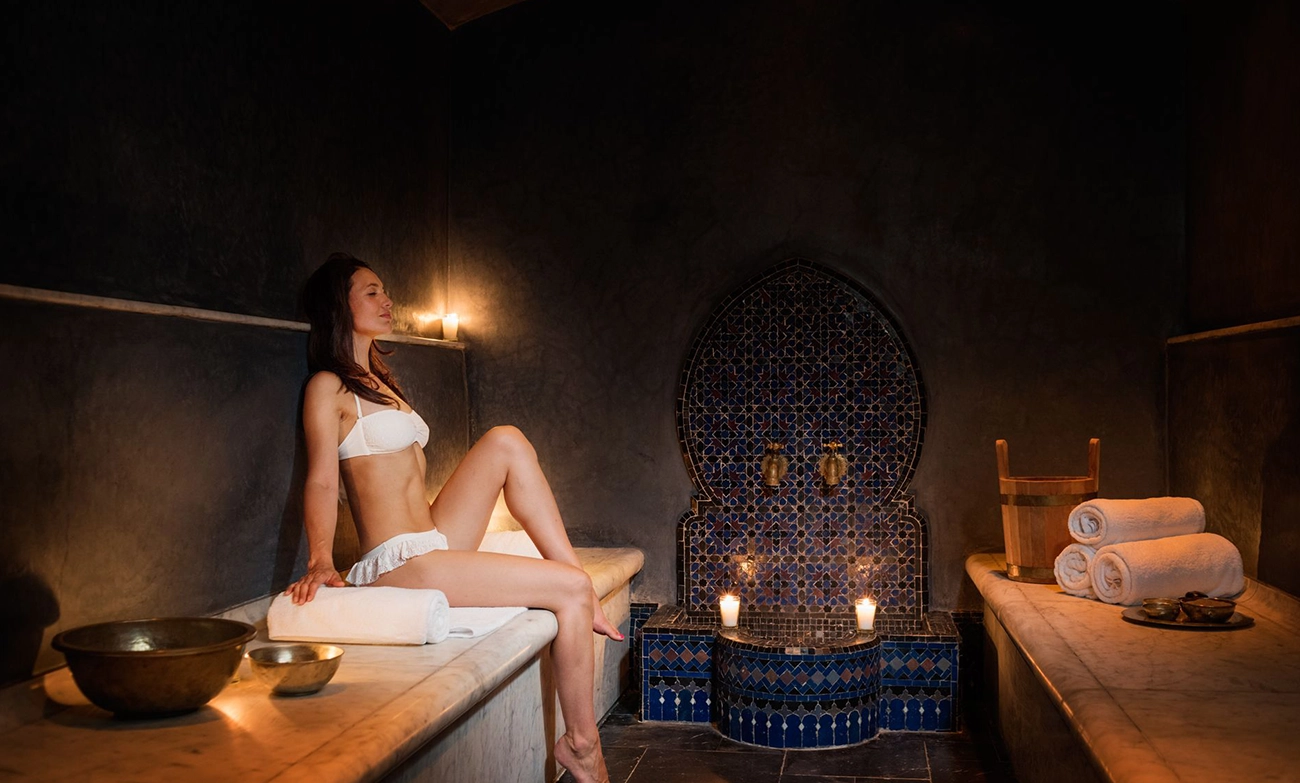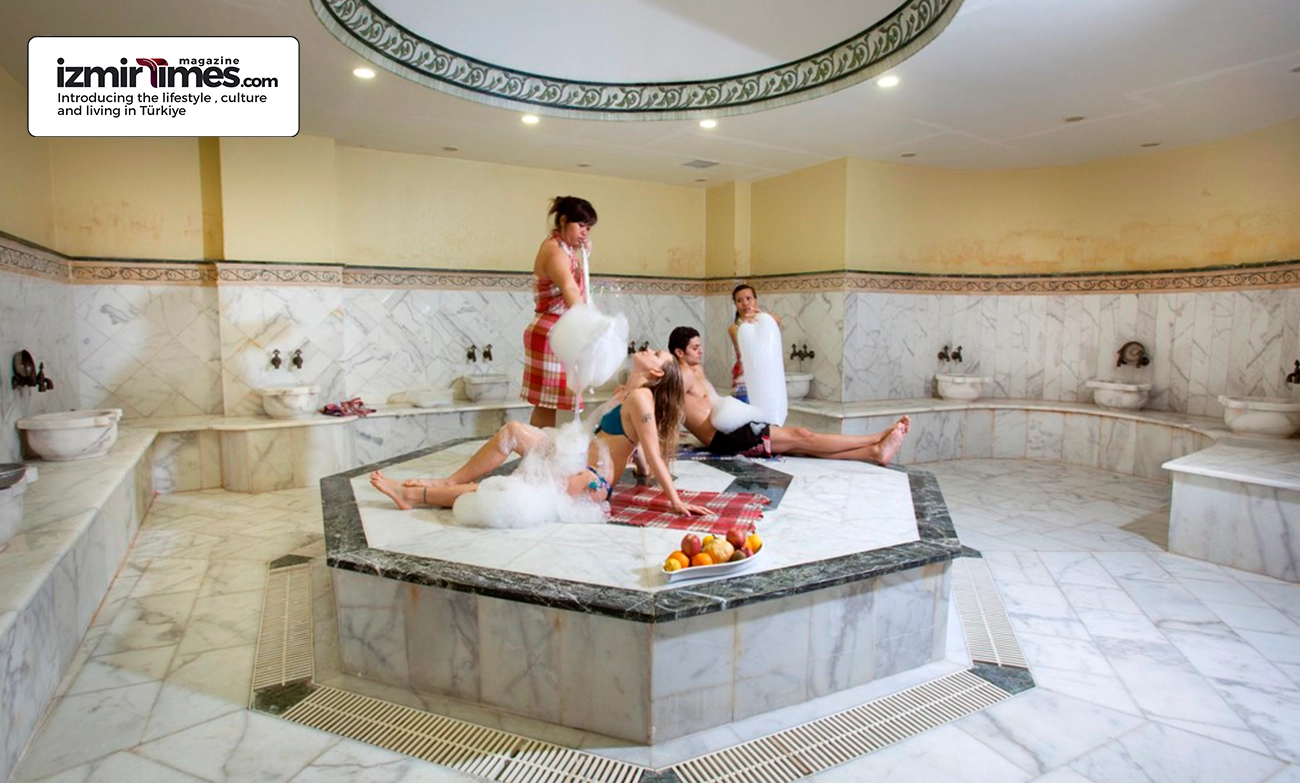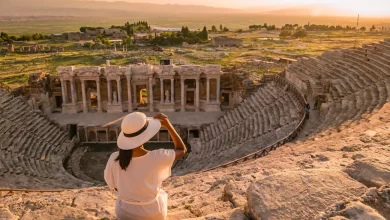All about the traditional Turkish bath
The Timeless Tradition of the Turkish Bath

What is a Turkish Bath?
The Turkish bath, a hammam, is a centuries-old bathing tradition integral to Turkish culture for generations. Rooted in the ancient Roman and Byzantine bathing practices, the Turkish bath is not merely a place for cleansing the body but also a social and cultural institution where people gather to relax, socialize, and rejuvenate. This article delves into the Turkish bath’s history, architecture, rituals, and health benefits, offering insight into this time-honored tradition.
Origins and History
The origins of the Turkish bath can be traced back to the Roman and Byzantine periods, where bathing was an integral part of daily life and social interaction. With the spread of the Roman Empire, bathing evolved and adapted in different regions, eventually giving rise to the unique Turkish bath culture. During the Ottoman Empire, Turkish baths flourished and became essential establishments in every community, serving as centers for hygiene, relaxation, and socialization.
Architectural Marvels
One of the defining features of the Turkish bath is its distinctive architecture, characterized by domed ceilings, marble walls, and intricate tilework. Traditional Turkish baths are designed with separate sections for men and women, each consisting of interconnected rooms with varying temperatures and purposes. These rooms typically include the warm room (sıcaklık), hot room (Harare), and cold room (soğukluk), as well as additional chambers for massage and relaxation.

Rituals and Customs
The Turkish bath experience is guided by time-honored rituals and customs that promote cleansing, relaxation, and well-being. Upon entering the bathhouse, guests are given a pestemal (traditional Turkish towel) and wooden clogs known as “Nalin.” After disrobing and wrapping themselves in the pestemal, guests proceed to the warm room to acclimate to the heat and prepare their bodies for cleansing.
Steam and Scrub
In the hot room, also known as the steam room, guests are enveloped in a cloud of warm, humid air that opens their pores and promotes perspiration. Here, bath attendants known as “talk” or “keep” offer traditional bathing services, including vigorous scrubbing with a coarse mitt called a “key” to exfoliate the skin and remove impurities. The scrubbing process cleanses the body, stimulates circulation, and refreshes and revitalizes the skin.

Turkish Bath Towels
Turkish bath towels, known as “peshtemal” or “fouta,” are integral to the traditional hammam experience. Renowned for their superior quality, absorbency, and softness, these towels have gained popularity worldwide. They transcend their cultural origins to become cherished accessories in homes, spas, and beaches around the globe. This article delves into Turkish bath towels’ rich history, craftsmanship, and versatility, celebrating their timeless elegance and enduring appeal.
The tradition of Turkish bath towels dates back centuries, originating in the hammams of the Ottoman Empire. Crafted from premium Turkish cotton, these towels were prized for their exceptional absorbency and quick-drying properties, making them ideal for use in the steamy environment of the bathhouse. Over time, Turkish bath towels evolved from functional linens to luxurious textiles, adorned with intricate patterns and vibrant colors that reflected the rich cultural heritage of Anatolia.
Health Benefits of Turkish Bath
Beyond its cultural significance, the Turkish bath offers many health benefits for both body and mind. The hot room’s steam and heat help open the pores, cleanse the skin, and promote detoxification through sweating. The exfoliating scrubbing process removes dead skin cells and stimulates circulation, leaving the skin soft, smooth, and radiant. Additionally, the relaxing ambiance of the hammam helps to alleviate stress, tension, and fatigue, promoting a sense of well-being and tranquility.
Massage and Relaxation
After the scrubbing ritual, guests may opt for a relaxing massage using aromatic oils, and techniques passed down through generations. Skilled masseurs knead away tension and stress, easing sore muscles and promoting a deep sense of relaxation. Some Turkish baths also offer amenities like jacuzzis, saunas, and plunge pools, allowing guests to unwind further and rejuvenate their bodies and minds.
Social Hub
Beyond its physical benefits, the Turkish bath is a social hub where people from all walks of life come together to connect, converse, and unwind. In the communal setting of the bathhouse, guests share stories, exchange greetings, and forge bonds over shared experiences, fostering a sense of community and camaraderie. The egalitarian nature of the Turkish bath, where individuals of diverse backgrounds mingle freely, reflects the inclusive spirit of Turkish culture.

Modern-Day Revival
While the Turkish bath tradition has evolved over the centuries, it continues to thrive in modern-day Turkey, where bathhouses are cherished landmarks and popular destinations for locals and tourists alike. Many historic bathhouses have been meticulously restored and preserved, offering visitors an authentic glimpse into the past while providing contemporary amenities and services. Additionally, new spa facilities and luxury hammams have emerged, catering to modern sensibilities while honoring the timeless rituals of the Turkish bath.
Conclusion about Turkish Bath
The Turkish bath offers serenity and tranquility in a fast-paced world filled with stress and distractions, inviting guests to slow down, unwind, and reconnect with themselves and others. Whether seeking physical rejuvenation, cultural immersion, or simply a respite, the Turkish bath remains a cherished tradition that transcends time and continues to captivate hearts and minds worldwide.
The Turkish bath is more than just a place to cleanse the body; it is a sanctuary of relaxation, rejuvenation, and cultural heritage. With its rich history, stunning architecture, and therapeutic rituals, the hammam continues to captivate and inspire people worldwide, offering a timeless oasis of tranquility in an increasingly hectic world. Whether in a traditional bathhouse or a modern spa, the Turkish bath remains a cherished tradition embodying wellness, hospitality, and self-care.











